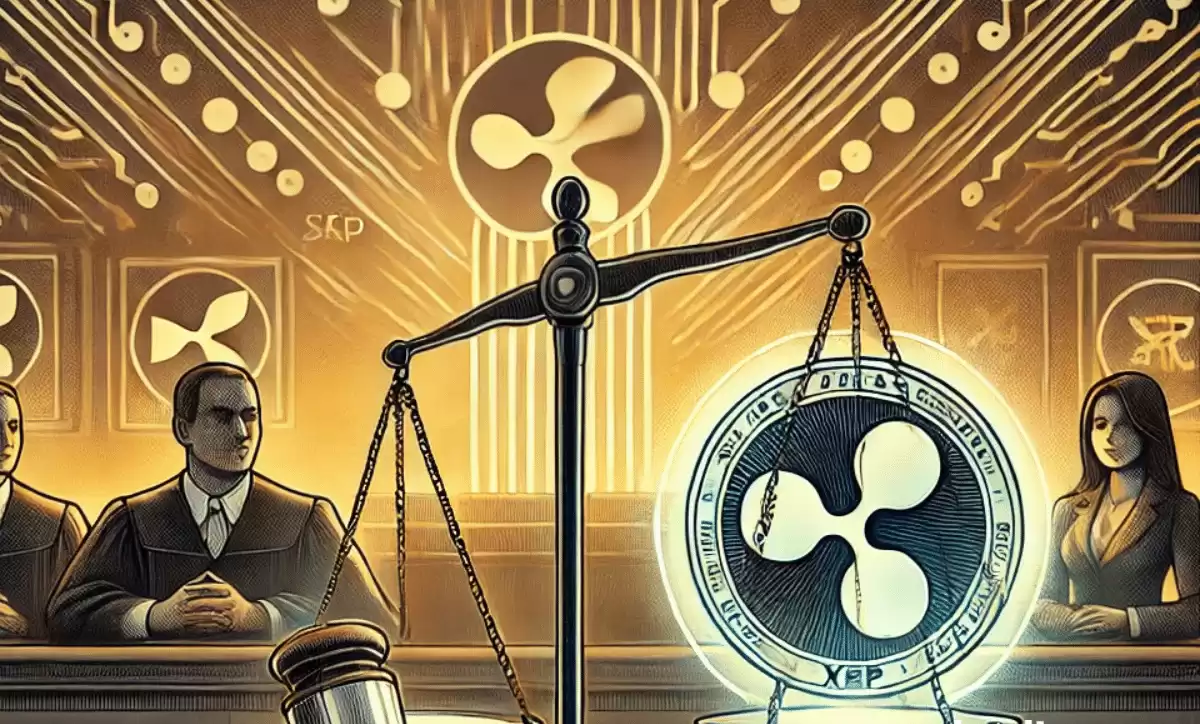-
 Bitcoin
Bitcoin $112400
-1.07% -
 Ethereum
Ethereum $3409
-3.27% -
 XRP
XRP $2.784
-6.60% -
 Tether USDt
Tether USDt $0.9997
-0.03% -
 BNB
BNB $739.3
-2.09% -
 Solana
Solana $158.0
-2.90% -
 USDC
USDC $0.9998
-0.02% -
 TRON
TRON $0.3213
-0.94% -
 Dogecoin
Dogecoin $0.1929
-5.01% -
 Cardano
Cardano $0.6974
-2.82% -
 Hyperliquid
Hyperliquid $36.69
-2.31% -
 Sui
Sui $3.327
-4.80% -
 Stellar
Stellar $0.3672
-5.18% -
 Chainlink
Chainlink $15.65
-3.07% -
 Bitcoin Cash
Bitcoin Cash $525.0
-1.68% -
 Hedera
Hedera $0.2291
-6.00% -
 Avalanche
Avalanche $20.91
-2.96% -
 Ethena USDe
Ethena USDe $1.000
0.00% -
 Toncoin
Toncoin $3.520
-1.12% -
 UNUS SED LEO
UNUS SED LEO $8.968
0.14% -
 Litecoin
Litecoin $105.7
0.26% -
 Shiba Inu
Shiba Inu $0.00001181
-1.79% -
 Polkadot
Polkadot $3.492
-2.08% -
 Uniswap
Uniswap $8.800
-3.10% -
 Dai
Dai $0.9999
-0.01% -
 Monero
Monero $289.9
-3.17% -
 Bitget Token
Bitget Token $4.243
-1.27% -
 Pepe
Pepe $0.00001006
-3.67% -
 Cronos
Cronos $0.1248
-5.68% -
 Aave
Aave $249.7
-2.50%
What is a USDT perpetual contract?
USDT perpetual contracts provide exposure to underlying cryptoassets without settlement upon expiration, using Tether as the settlement currency, featuring funding rates that adjust the position of longer and shorter traders.
Oct 22, 2024 at 09:24 pm

What is a USDT Perpetual Contract?
A USDT perpetual contract is a type of cryptoasset derivative that allows one to speculate on the future price of an underlying asset, in this case a cryptoasset such as Bitcoin, using Tether (USDT) as the settlement currency. It is similar to a traditional futures contract, but with a number of key differences, including:
- No physical settlement: Perpetual contracts do not require the delivery of an underlying asset at its expiration date as traditional futures contracts do.
- Rolling settlement: Perpetual contracts are open-ended and do not expire. Instead, they are settled in perpetuity, where the contract price follows the spot price of the underlying asset.
- Funding rate: Perpetual contracts have a funding rate that is determined by demand and supply conditions. In general, the funding rate favors the party who has a longer position, and disfavors the party with a shorter position.
How does a USDT Perpetual Contract Work?
A USDT perpetual contract allows you to buy or sell an underlying asset without actually owning the asset. Instead, you are trading the contract, which is a derivative of the underlying asset. The price of the contract is based on the spot price of the underlying asset.
To enter into aUSDT perpetual contract, you need to open an account on a crypto asset exchange that offers perpetual contracts. There are many different exchanges that offer perpetual contracts, so it's important to do your research and find an exchange that is reputable and that you are comfortable using.
Once you have opened an account, you need to deposit funds into your account. You can deposit either fiat currency (such as USD or EUR) or cryptoassets (such as Bitcoin or Ethereum). Once you have deposited funds, you can start trading perpetual contracts.
When you trade a USDT perpetual contract, you are agreeing to buy or sell the underlying asset at a specified price at a future date. The price that you agree to buy or sell is called the strike price. The future date that you agree to buy or sell is known as the expiration date.
Example:
Let's say that you believe that the price of Bitcoin is going to rise in the next month. You can enter into a USDT perpetual contract to speculate on this outcome. You could buy a Bitcoin perpetual contract with a strike price of $20,000 and an expiration date of one month from now.
If the price of Bitcoin rises to $22,000 by the expiration date, you will make a profit on your contract. However, if the price of Bitcoin falls below $20,000, you will lose money on your contract. If the price of Bitcoin is trading at $22,000 at the time of the expiration, the exchange will settle your futures contract by charging the losing side (in this case, sellers) a fee. Then, the fee from the losing side will be redistributed to the winning side (in this case, buyers).
Disclaimer:info@kdj.com
The information provided is not trading advice. kdj.com does not assume any responsibility for any investments made based on the information provided in this article. Cryptocurrencies are highly volatile and it is highly recommended that you invest with caution after thorough research!
If you believe that the content used on this website infringes your copyright, please contact us immediately (info@kdj.com) and we will delete it promptly.
- BlockDAG, SEI, Ethena: Top Crypto Performers Under the Microscope
- 2025-08-03 10:50:16
- Bitcoin Blasts Past $119K: How Institutional Adoption and Macro Shifts Fuel the Fire
- 2025-08-03 10:55:16
- Crypto, Grok, and August: Decoding the Latest Trends and Insights
- 2025-08-03 11:10:16
- Crypto, Phishing, and Your Wallet: A New Yorker's Guide to Staying Safe
- 2025-08-03 10:30:16
- Troller Cat Meme Coin Presale Soars: A New King in the Crypto Jungle?
- 2025-08-03 10:30:16
- Grayscale, Altcoin Trust, and Mid-Cap Mania: What's the Deal?
- 2025-08-03 08:50:16
Related knowledge

Why is my Bitstamp futures position being liquidated?
Jul 23,2025 at 11:08am
Understanding Futures Liquidation on BitstampFutures trading on Bitstamp involves borrowing funds to open leveraged positions, which amplifies both po...

How to report Bitstamp futures for taxes?
Jul 30,2025 at 08:35am
Understanding Bitstamp Futures and Taxable EventsWhen trading Bitstamp futures, it’s essential to recognize that these financial instruments are treat...

Does Bitstamp offer inverse contracts?
Jul 23,2025 at 01:28pm
Understanding Inverse Contracts in Cryptocurrency TradingIn the realm of cryptocurrency derivatives, inverse contracts are a specific type of futures ...

What is the difference between futures and perpetuals on Bitstamp?
Jul 27,2025 at 05:08am
Understanding Futures Contracts on BitstampFutures contracts on Bitstamp are financial derivatives that allow traders to speculate on the future price...

How to find your Bitstamp futures trade history?
Jul 23,2025 at 08:07am
Understanding Bitstamp and Futures Trading AvailabilityAs of the current state of Bitstamp’s service offerings, it is critical to clarify that Bitstam...

Can I use a trailing stop on Bitstamp futures?
Jul 23,2025 at 01:42pm
Understanding Trailing Stops in Cryptocurrency TradingA trailing stop is a dynamic type of stop-loss order that adjusts automatically as the price of ...

Why is my Bitstamp futures position being liquidated?
Jul 23,2025 at 11:08am
Understanding Futures Liquidation on BitstampFutures trading on Bitstamp involves borrowing funds to open leveraged positions, which amplifies both po...

How to report Bitstamp futures for taxes?
Jul 30,2025 at 08:35am
Understanding Bitstamp Futures and Taxable EventsWhen trading Bitstamp futures, it’s essential to recognize that these financial instruments are treat...

Does Bitstamp offer inverse contracts?
Jul 23,2025 at 01:28pm
Understanding Inverse Contracts in Cryptocurrency TradingIn the realm of cryptocurrency derivatives, inverse contracts are a specific type of futures ...

What is the difference between futures and perpetuals on Bitstamp?
Jul 27,2025 at 05:08am
Understanding Futures Contracts on BitstampFutures contracts on Bitstamp are financial derivatives that allow traders to speculate on the future price...

How to find your Bitstamp futures trade history?
Jul 23,2025 at 08:07am
Understanding Bitstamp and Futures Trading AvailabilityAs of the current state of Bitstamp’s service offerings, it is critical to clarify that Bitstam...

Can I use a trailing stop on Bitstamp futures?
Jul 23,2025 at 01:42pm
Understanding Trailing Stops in Cryptocurrency TradingA trailing stop is a dynamic type of stop-loss order that adjusts automatically as the price of ...
See all articles

























































































